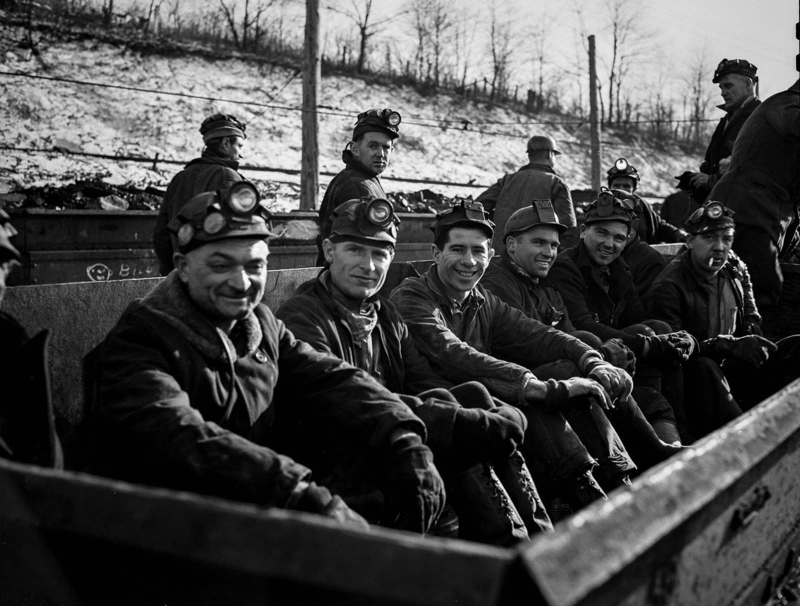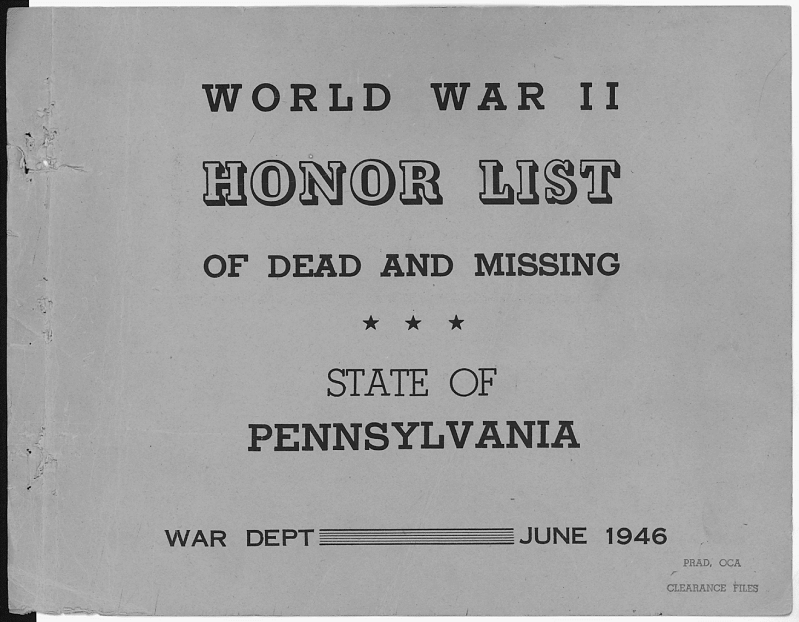
Above is a photograph of the Gettysburg National Cemetery. Since the titular battle in 1863, veterans from both the Civil War and World War II have been buried there. 33,000 Pennsylvanians died in World War II.

The Carlisle Barracks was established as far back as 1757, and is the second oldest military base in the United States. The War College was established on base during World War II. Other national training centers had been established by the war in Pennsylvania, such as Fort Indiantown Gap, Harrisburg Military Post, and the Tobyhanna Army Depot.

This is map of the state of Pennsylvania. Pennsylvania helped contribute to World War II by leading the way in steel and coal production, important industries for munition and vehicles. Citizens often volunteered or got jobs working in these factories, finding any way to help on the homefront.

Edwin Neely enlisted into the United States army in Allegheny County, home to the city of Pittsburgh. Pittsburgh's famous steel factories, and the overall contribution from citizens and enlistees alike, were a tremendous service to the United States.

Pennsylvania produced the most American Steel during World War II, and by the end of the war the state led the world in steel production. Pittsburgh, Neely's home city, produced 27% of the state's steel.

Along with working in the factories, citizens took to the mines to help dig up vital coal needed for the military. Vital triumphs on the homefront were necessary for American victory in World War II.

Over 900,000 men from Pennsylvania served in World War II. While it is impossible to know every soldier's name, their memories must be preserved in the American canon as we need to remember their sacrifice and courage in the face of international tragedy and despair.
Create Your Own Website With Webador